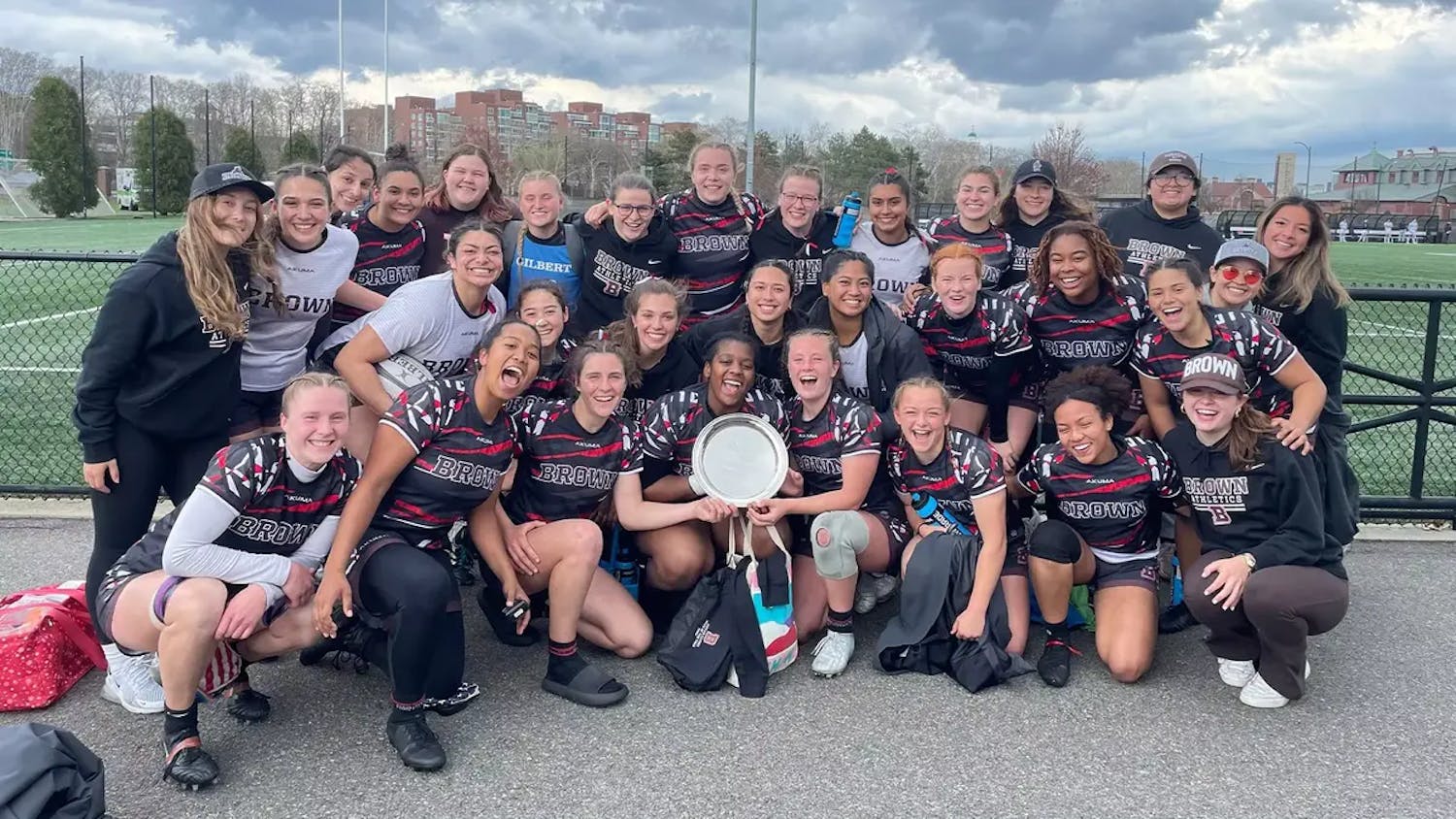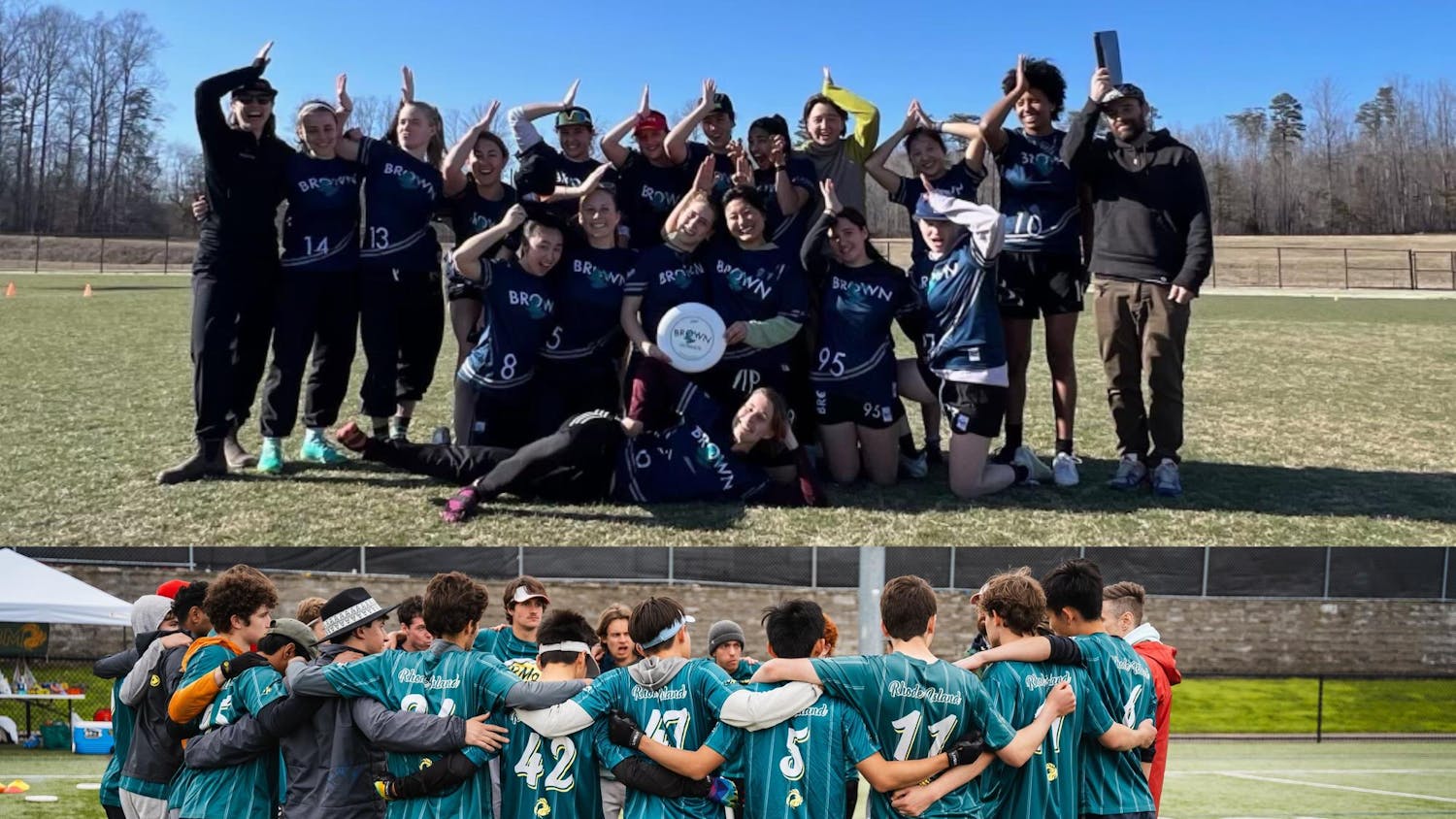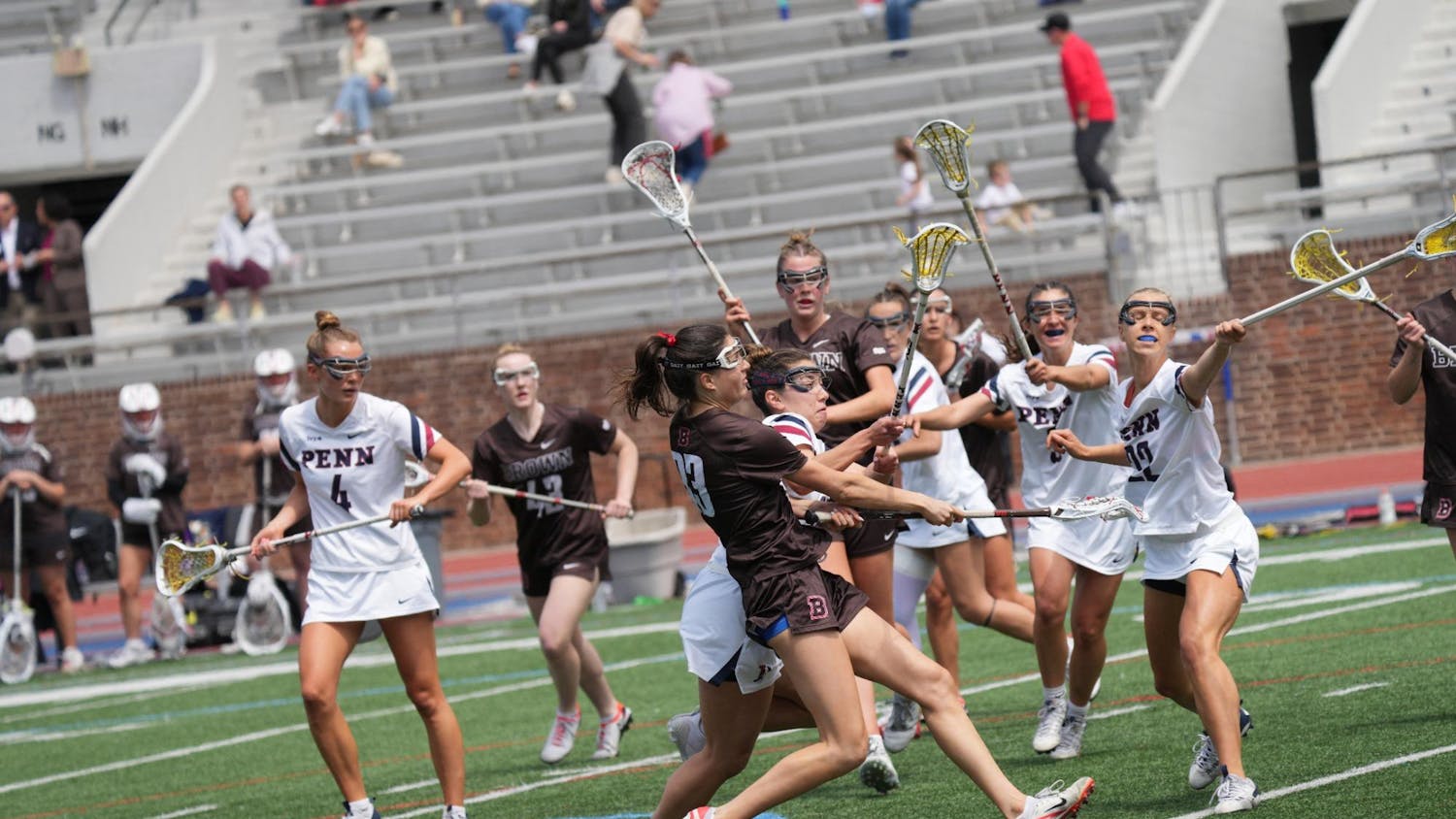"I don't remember anything… just coming to and wondering what had happened."
Three quarters into one of his first games last fall, tight end Bradley Griffith '12 walked off the field with a season-ending concussion.
He received his first concussion 10 days prior to football camp last summer. Then, he got another — less than a month later — in a junior varsity game.
"After the hit I continued to play," Griffith wrote in an e-mail to the Herald. "I remember thinking that I almost definitely had a concussion, but I wanted to play another set of downs since it would certainly be the end of my season."
Griffith is one of a few Brown football players contending with a serious head injury, and his reluctance to speak openly about his symptoms is not uncommon.
The culture of "playing hurt" has long existed in competitive sports. The question is, when it comes to matters of the brain, how dangerous can playing with an injury really be?
This question is central to ongoing study by Ann McKee, a neurological researcher at Boston University, which highlights the serious nature of repeated concussions in football players. McKee has received a dozen brains donated by former high school, college and NFL players. All show brown splotches that represent tau protein buildup, evidence of an incapacitating disease known as chronic traumatic encephalopathy, or CTE.
Symptoms of the disease include memory loss, paranoia and depression in middle age, and all CTE victims have suffered some kind of head trauma, often repeated concussions.
Studies such as McKee's reveal an unsettling connection between CTE — once overwhelmingly predominant in boxers — and football.
Even the threat of debilitating disease will not put an end to Griffith's college football career in the foreseeable future.
Though he was forced to take medical leave for the fall semester — citing excruciating headaches, dizziness, nausea and difficulty concentrating on schoolwork — Griffith is still "optimistic about returning to football in the fall," he said.
He is not alone.
Defensive back Chris Perkins '10, who received a blow to the head during a well-attended Brown-Harvard game, shares Griffith's commitment to football, perhaps at the risk of his personal well-being.
"In football, concussions are probably the most frustrating injury. No one wants to be concussed because it takes you out of practice and possibly games," Perkins wrote in an e-mail to The Herald. "It's a tough situation with the competitiveness of football — no one wants to lose their ‘spot' while recovering from an injury."
After he was hit, Perkins, like Griffith, continued to play. Also like Griffith, he can barely remember a thing from the time he was injured to the time he came off the field.
"It really wasn't too difficult to play after I was concussed," Perkins said. "Because we practice specific plays so often, they become second nature — there is no need to think about what you are doing."
Griffith added, to keep playing "was not a conscious decision, it was more instinct. I just continued doing what I was doing."
Research on concussions continues, including work here at Brown on how to make helmets safer. And the Brown athletic department has stepped up its efforts to educate athletes about concussion awareness.
ADVERTISEMENT




